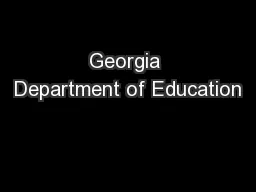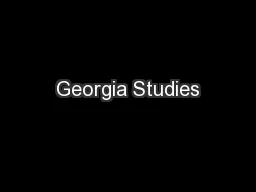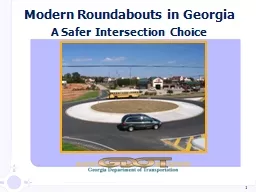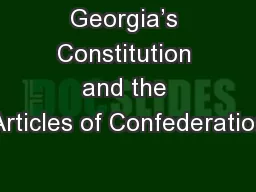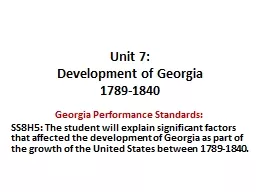PDF-Georgia Department of Education
Author : lois-ondreau | Published Date : 2016-02-22
Teacher Keys Effectiveness System Fact Sheets Dr John D Barge State S chool S uperintendent July 16 2012 x25CF Page 1 of 7 All Rights R eserved The contents of this
Presentation Embed Code
Download Presentation
Download Presentation The PPT/PDF document "Georgia Department of Education" is the property of its rightful owner. Permission is granted to download and print the materials on this website for personal, non-commercial use only, and to display it on your personal computer provided you do not modify the materials and that you retain all copyright notices contained in the materials. By downloading content from our website, you accept the terms of this agreement.
Georgia Department of Education: Transcript
Download Rules Of Document
"Georgia Department of Education"The content belongs to its owner. You may download and print it for personal use, without modification, and keep all copyright notices. By downloading, you agree to these terms.
Related Documents

